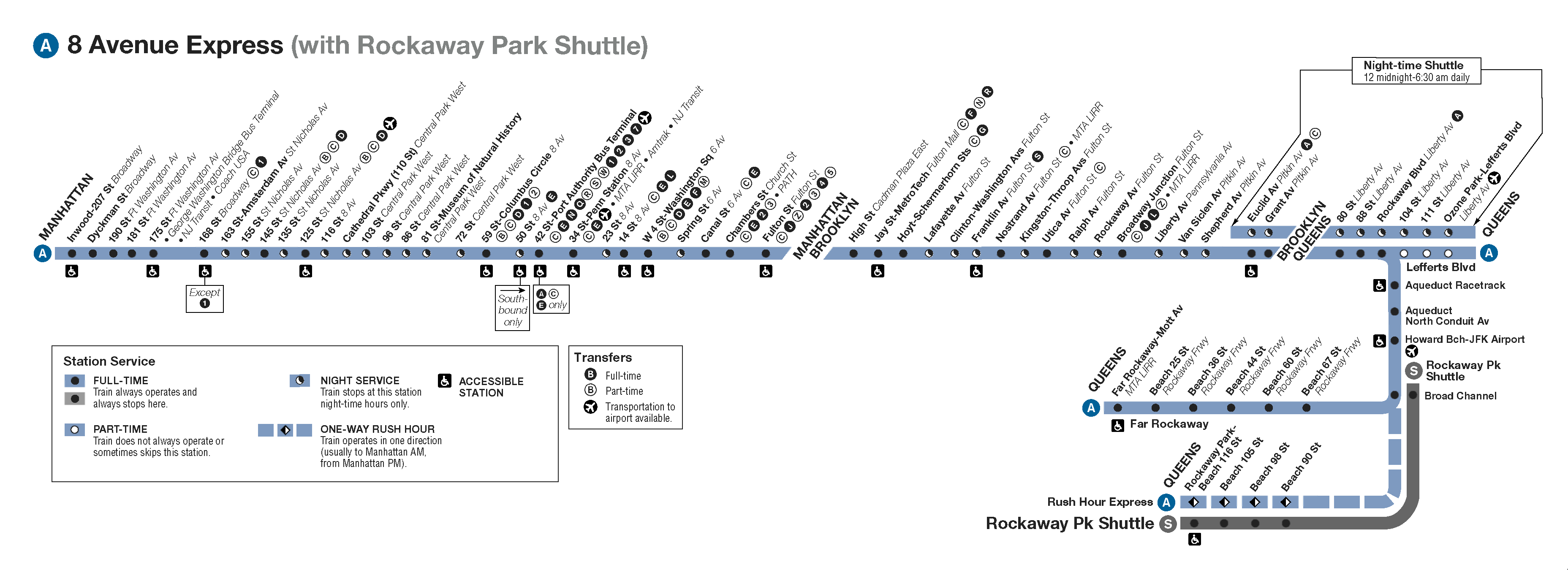

Many commuters who use the station are frustrated, exhausted, and wary. Human urine and feces frequently litter the ground.

Drugs are sold and used in and around the station. Many homeless people take refuge in the station, some of them in visibly rough shape, yet outreach efforts have had little success connecting them to resources and services. D’souza described walls and floors covered with dust, trash, and debris, and corridors and stairwells lit by yellow, dull light. Ridership at Parsons/Archer is about sixty per cent of what it was before the pandemic, and conditions in the station are as bad as anyone can remember. Leading up to Bethea’s murder, there had been several other shootings in the neighborhood, including a fatal one, in January, on Jamaica Avenue, three blocks from the station. This year, despite police increasing the frequency of patrols in the station, major crimes are being reported there at a rate of about one every two weeks. “That station has been a nightmare,” D’souza told me, when I called him after the board meeting. The buses stop directly overhead, at street level. Built in the nineteen-eighties, it’s a long, cavernous space, with two platforms stacked on top of each other-one for the E train and one for the J train-and entrances at either end. In 2019, pre-pandemic, thirty-four thousand people passed through the station every weekday, making it the twenty-eighth most transited of the four hundred and twenty-four subway stations in New York City. The Queens County Family Court building is just across the street, and Queens High School for the Sciences is around the corner. It is the end of the J line, a stop on the E line, and a transfer point for bus lines from all over southeast Queens and inner Long Island. Parsons/Archer is a working-class commuting hub. “We’re not getting answers,” Charlton D’souza, the founder of a small transit advocacy group called Passengers United, who offered his public comment via a video call from his apartment in Queens, said. They made the incident sound directly related to broader issues facing the subway system, which has yet to recover from the disruptions of the pandemic. Several speakers bemoaned the deteriorated state of the station where Bethea was shot, and criticized the city’s inability or refusal to do anything about it. (As the Times put it, the shooting was “a case that shocked a city already on edge about subway crime.”) The commenters were more concerned about the murder at Jamaica Center–Parsons/Archer, a crime that had managed to be both deadlier and more obscure. Sitting in the back of the room, listening to the public comments-about the needs of disabled riders, about the fears and frustrations of transit workers, about the importance of data transparency in government-I was surprised at how few of the commenters dwelt for long on the Sunset Park attack, which, out in the wider world, had been treated like some kind of revelation about the city’s social fabric.

Anyone with an issue about the largest transit system in the country can address the people in charge of it. chairman, Janno Lieber.Įvery month, the board meeting allots more than an hour of time for public comment. “But you reacted like professionals, and you made us all so very proud.” The transit workers then posed for photographs alongside the Governor and the newly appointed M.T.A. “No one ever expects to see bloodstained platforms, or people on the ground with wounds,” Hochul told them. Eighteen transit workers were also on hand, to receive commendations for their service during the Sunset Park shooting. The day after the shooting at Parsons/Archer, the governing board of the Metropolitan Transportation Authority, which runs the city’s buses and subways, welcomed Governor Kathy Hochul to its monthly meeting in lower Manhattan. Police have identified a suspect but have not yet made an arrest in the case. The man who was shot, a twenty-four-year-old named Marcus Bethea, died soon afterward. One pulled out a gun and shot the other man twice in the chest and once in the groin. On the afternoon of April 25th, two men got in a fight near the turnstiles at the eastern end of the station. (Police took James into custody the following day.) The second shooting occurred nearly two weeks later, at the Jamaica Center–Parsons/Archer station, in Jamaica, Queens. A disturbed drifter named Frank James allegedly set off smoke bombs and began firing a handgun in a crowded train car, shooting ten people. The first took place during the morning commute on April 12th, aboard an N train in the Sunset Park neighborhood of Brooklyn. Crime has surged lately in the New York City subway system, though shootings remain rare.


 0 kommentar(er)
0 kommentar(er)
